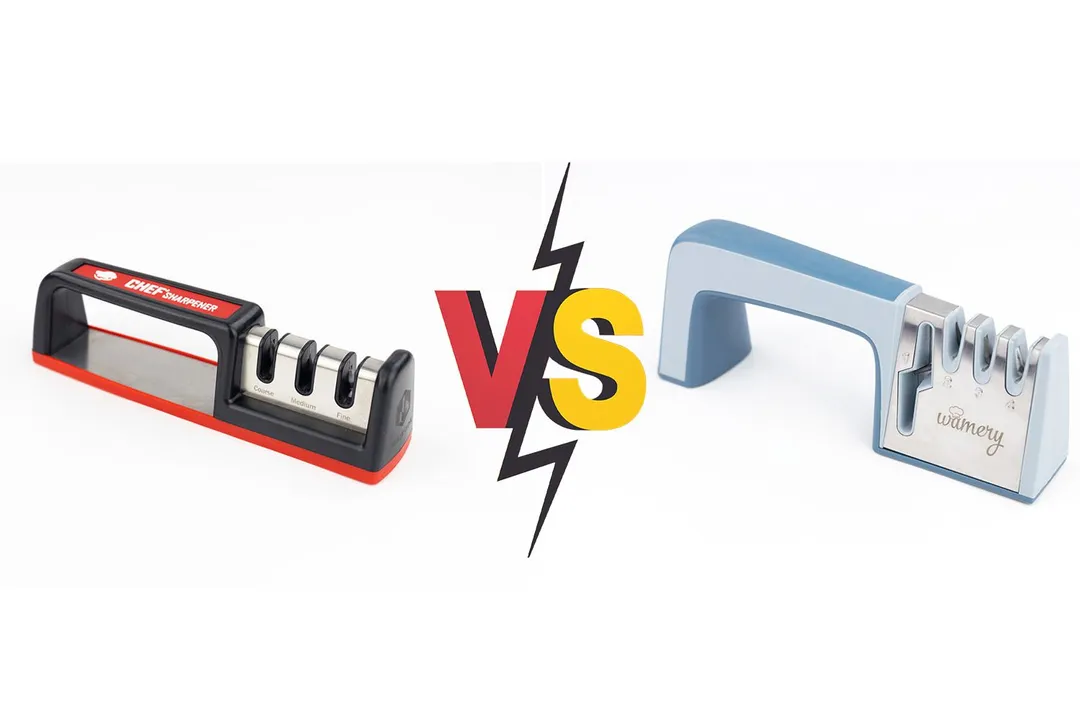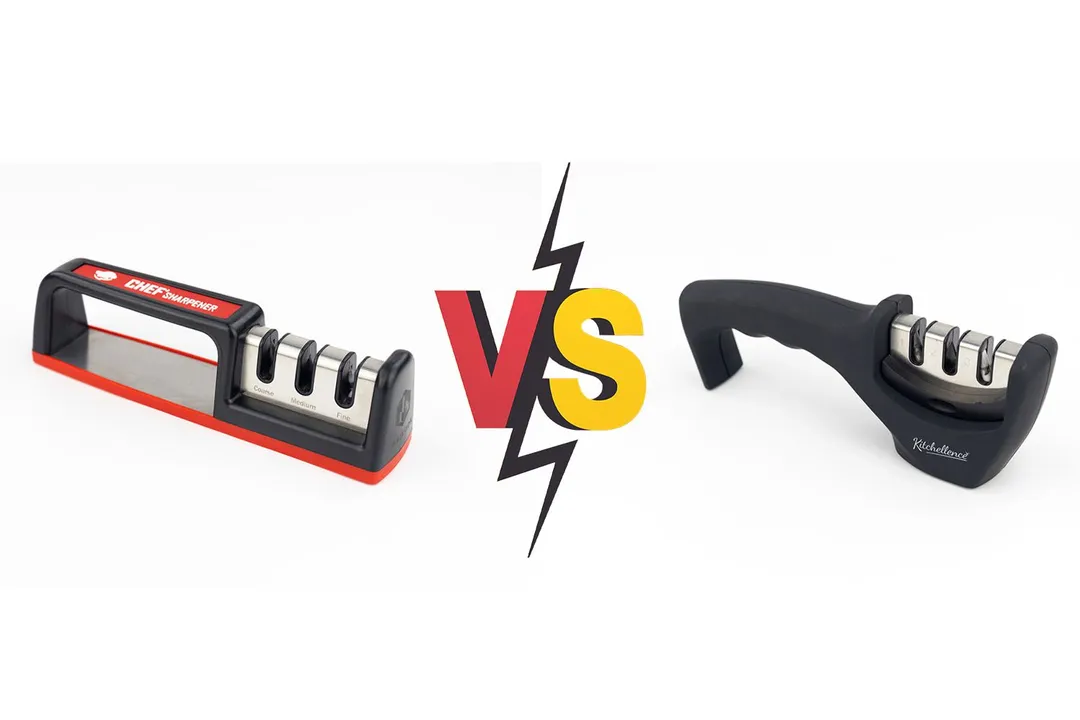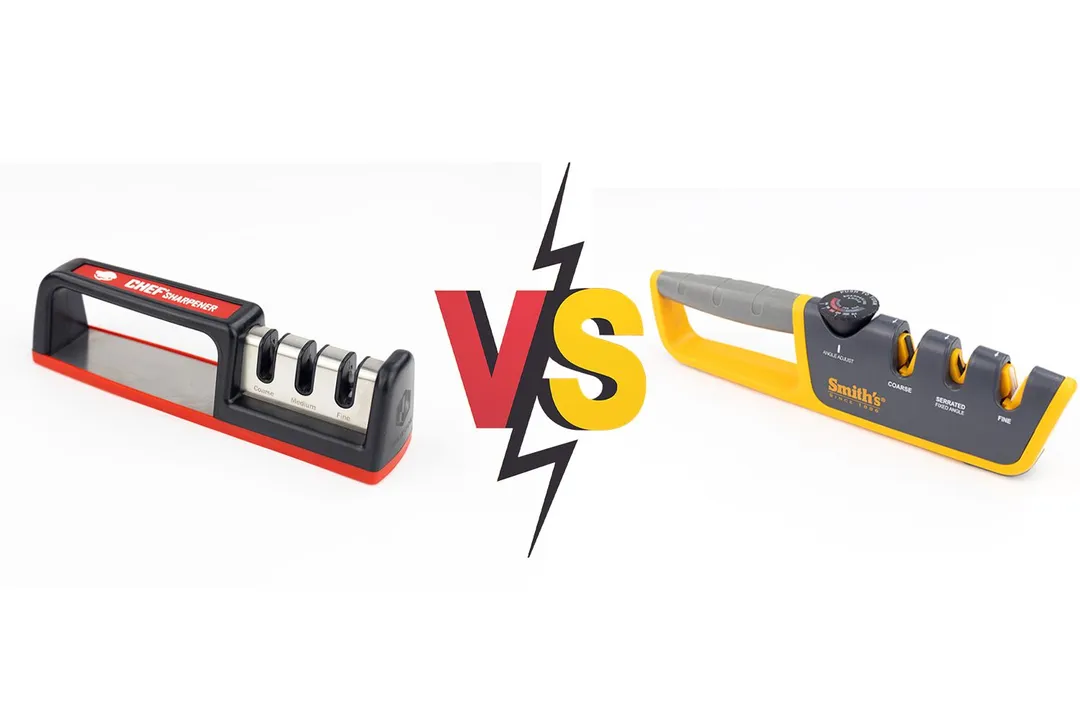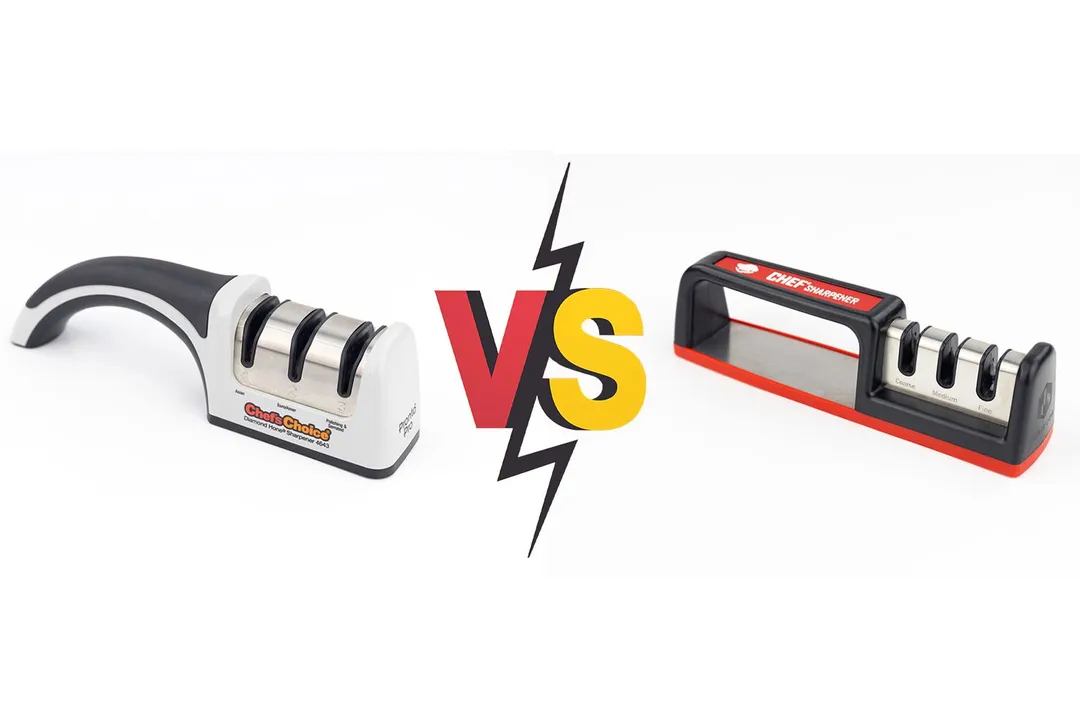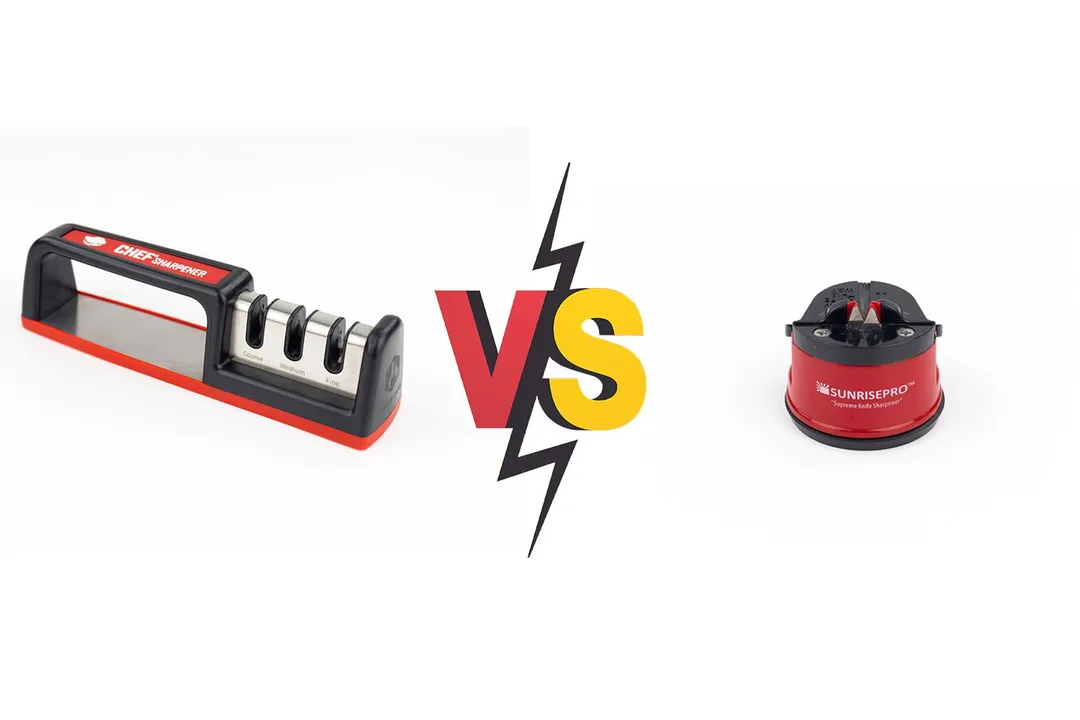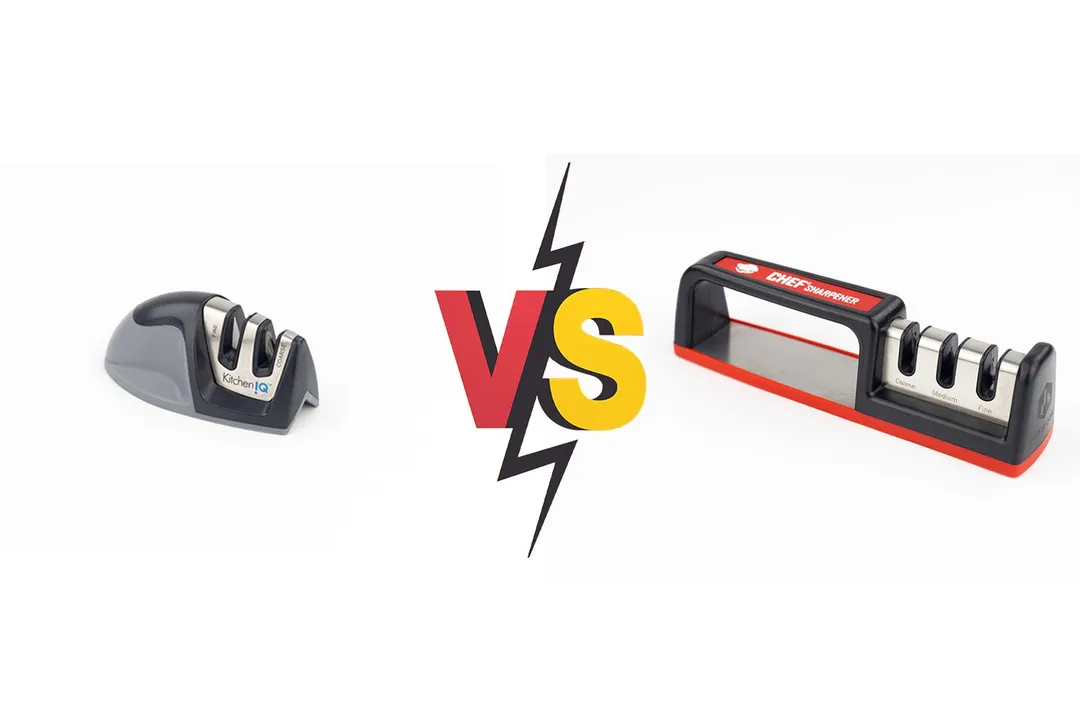Our recommendations are made independently through Research & Testing. We may receive commissions from purchases made via our links.
Cubikook CS-T01 3-Stage vs. Mueller 4-Stage Manual Sharpener Side-by-Side Comparison
The Cubikook CS-T01 and the Mueller 4-stage manual sharpeners are both decent sharpeners, but one is friendlier to the knife edge.
Mueller 4-Stage
Tested Using Methodology v1.1Cubikook CS-T01
Tested Using Methodology v1.1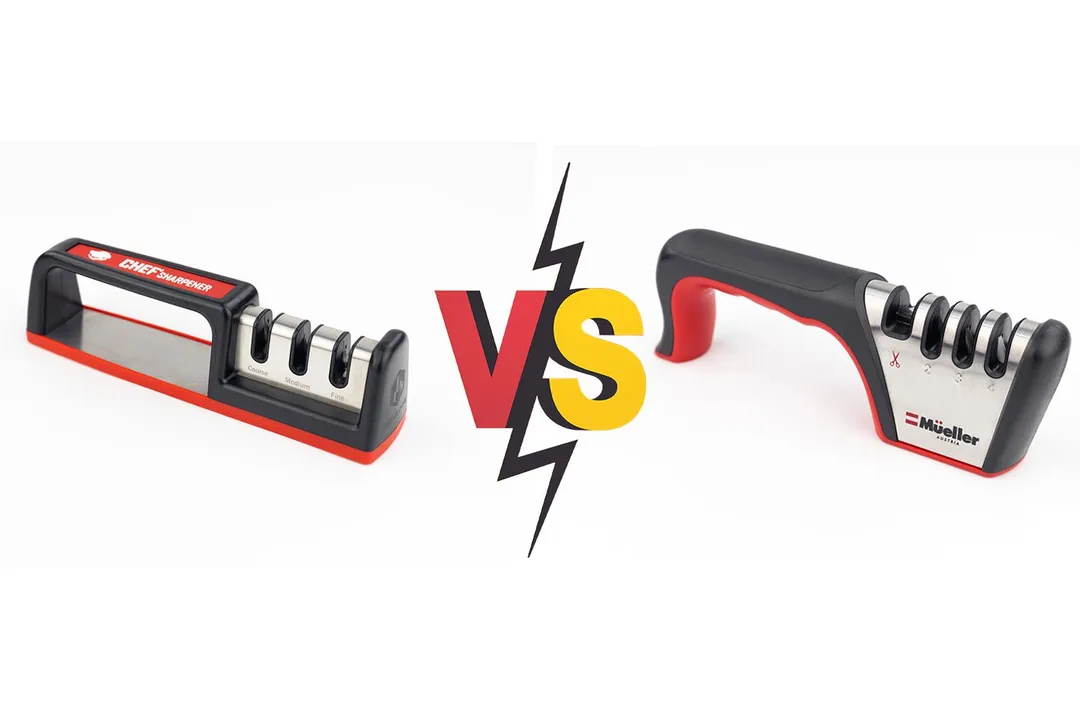
Overall Verdict
The Cubikook isn’t as fast as the Mueller; however, it’s the better choice if you’re about more than just speed.
We like the Mueller’s sizable and ergonomic grip and appreciate the handy scissor slot. The Cubikook sports a more pragmatic design, with a wide base and low center of gravity that ensure stability and safety.
The two sharpeners maxed at the same level of keenness—Level 8, which is the highest achieved by a pull-through sharpener to date. The Cubikook was outspeeded to the tune of 15 seconds by the Mueller in the lemon-cutting test. On the other hand, the former was friendlier to the knife, peeling off much less material and doing a better job of polishing the edge.
If you care about the longevity of your knives, the Cubikook’s gentle sharpening approach works much better.
Pros & Cons
- Strong construction, pretty coloring
- Quick sharpening
- Scissor slot
- Ease of use
- Excellent stability
- Affordable price
- Consistent sharpness
- Solid and sturdy construction
- High center of gravity
- Harsh on the knife edge
- Small ceramic rods
- Flaky brand label
Key Specs
Where to Buy
*You help support HealthyKitchen101's product testing and reviews by purchasing from our retail partners.
Analysis and Test Results
Performance
Sharpening Time to Cut a Lemon
Material Retention
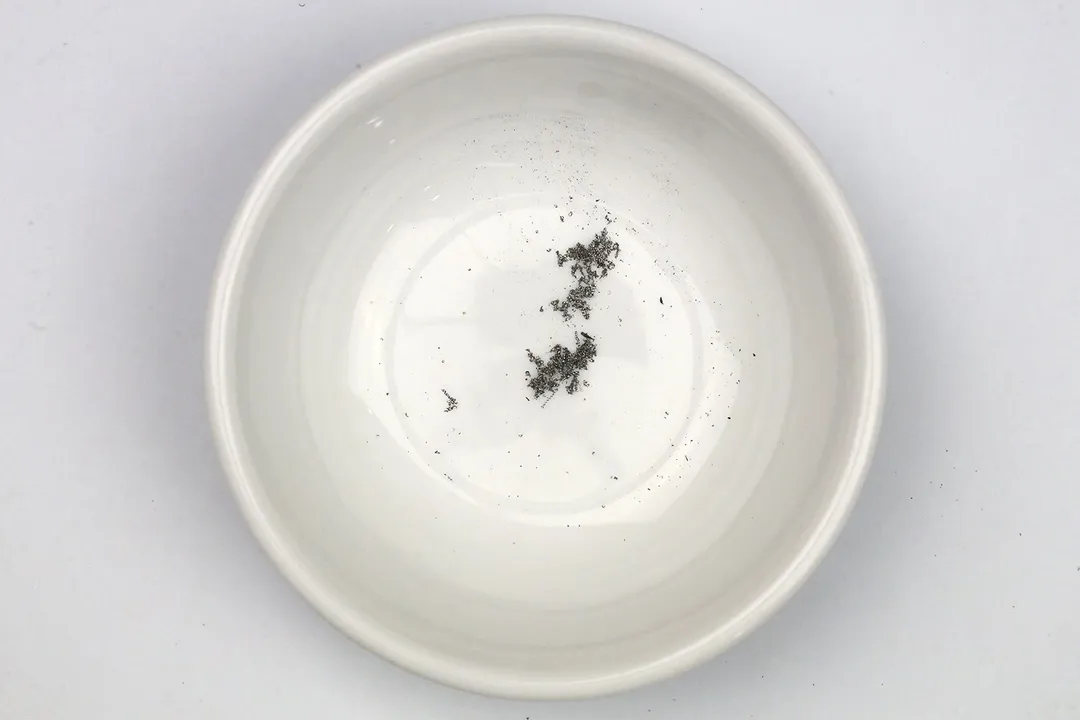

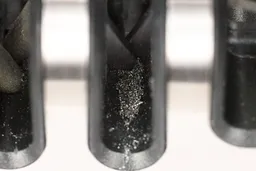
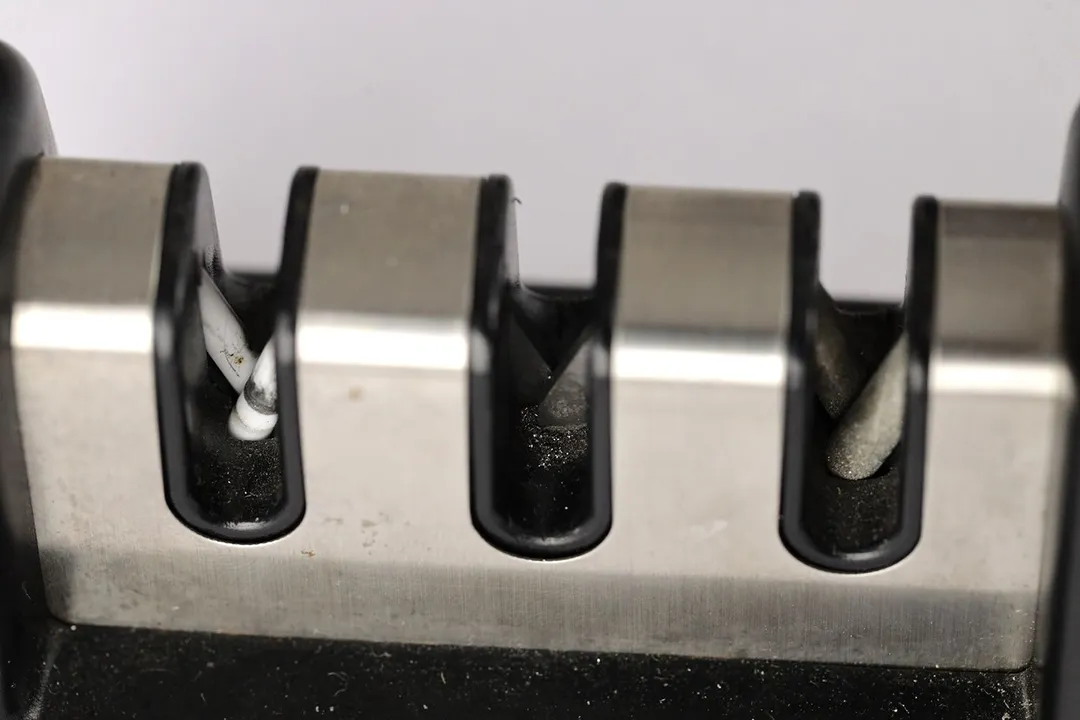
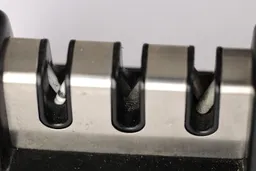

Maximum Sharpness Achieved
Edge Smoothness
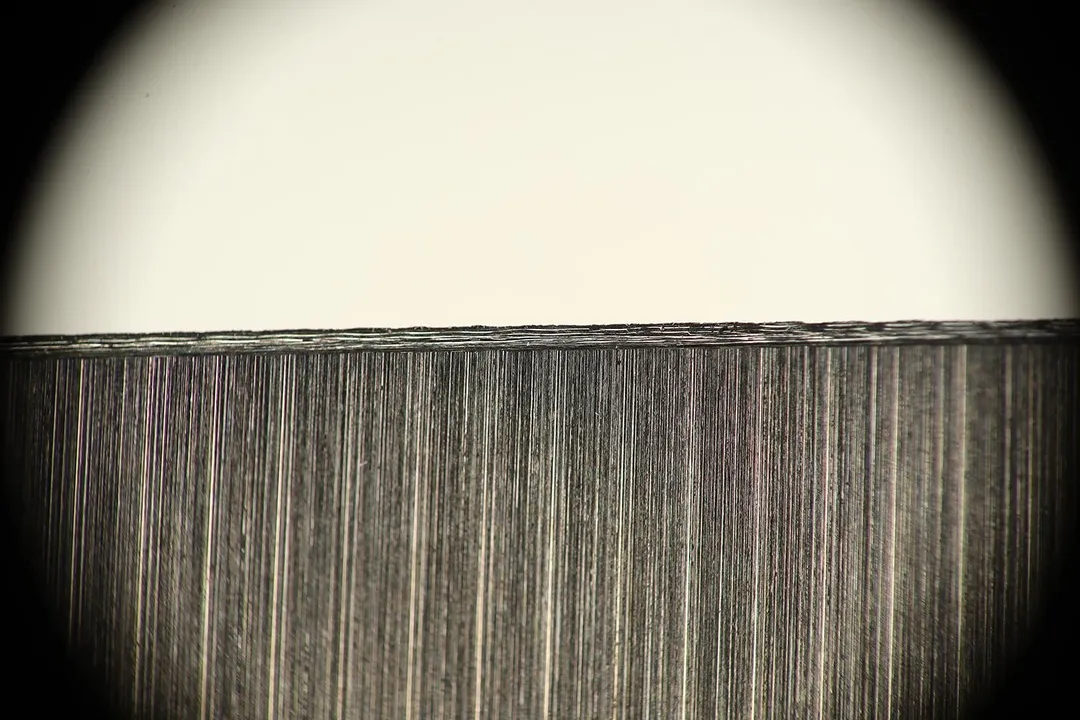

Design
In the Box
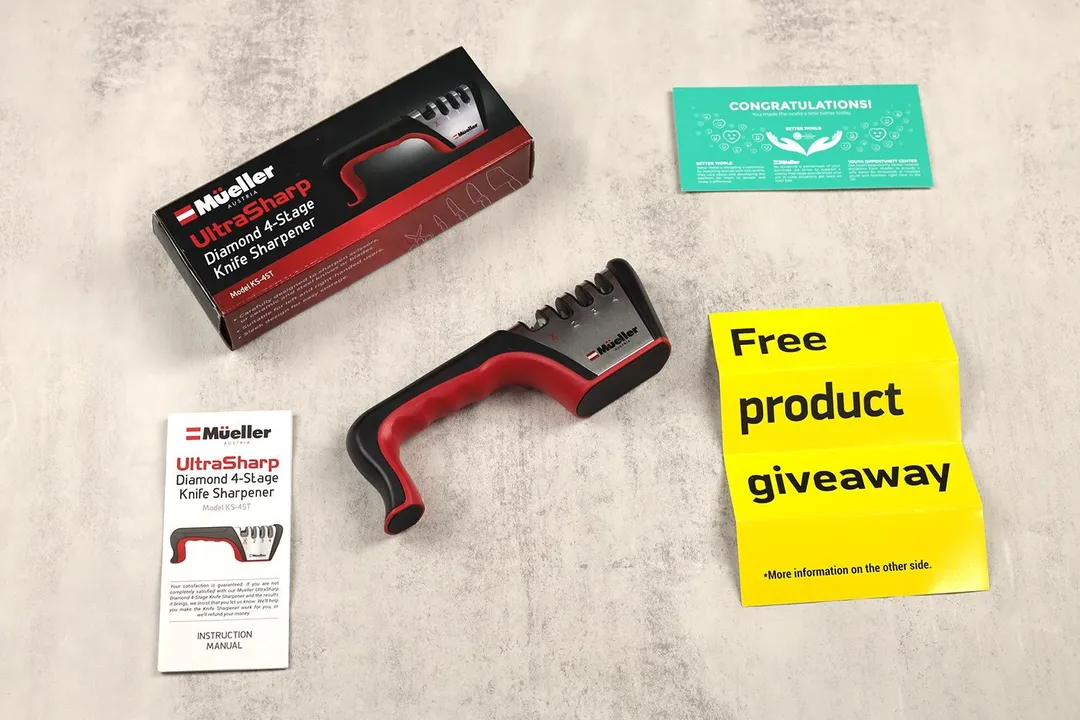
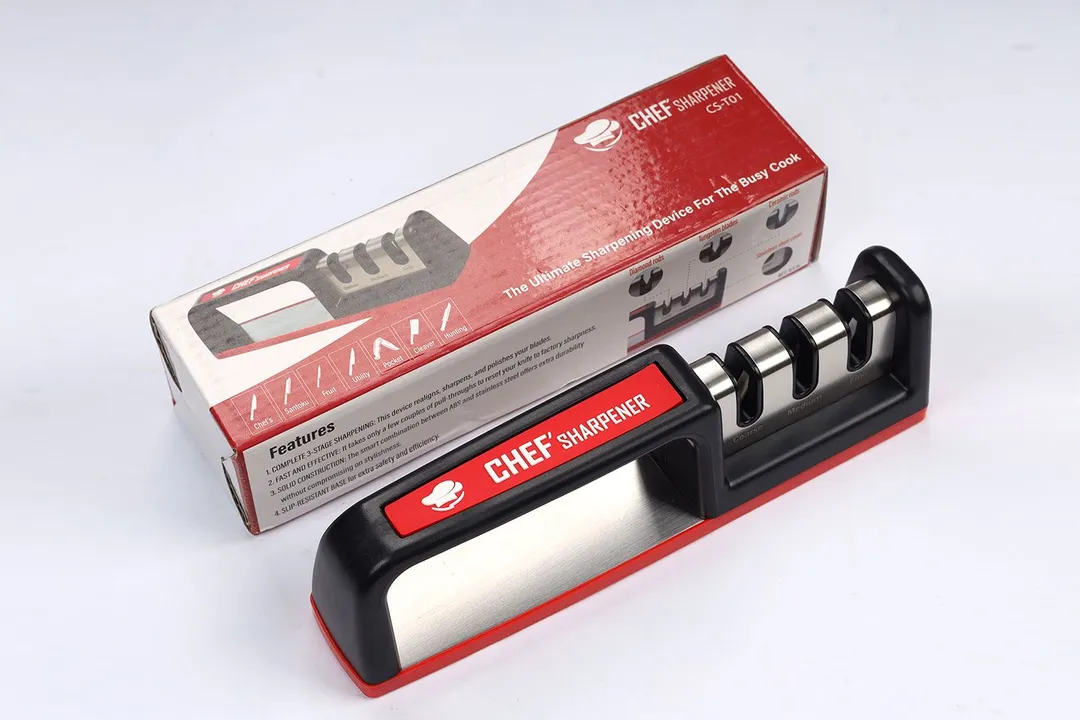
Dimensions
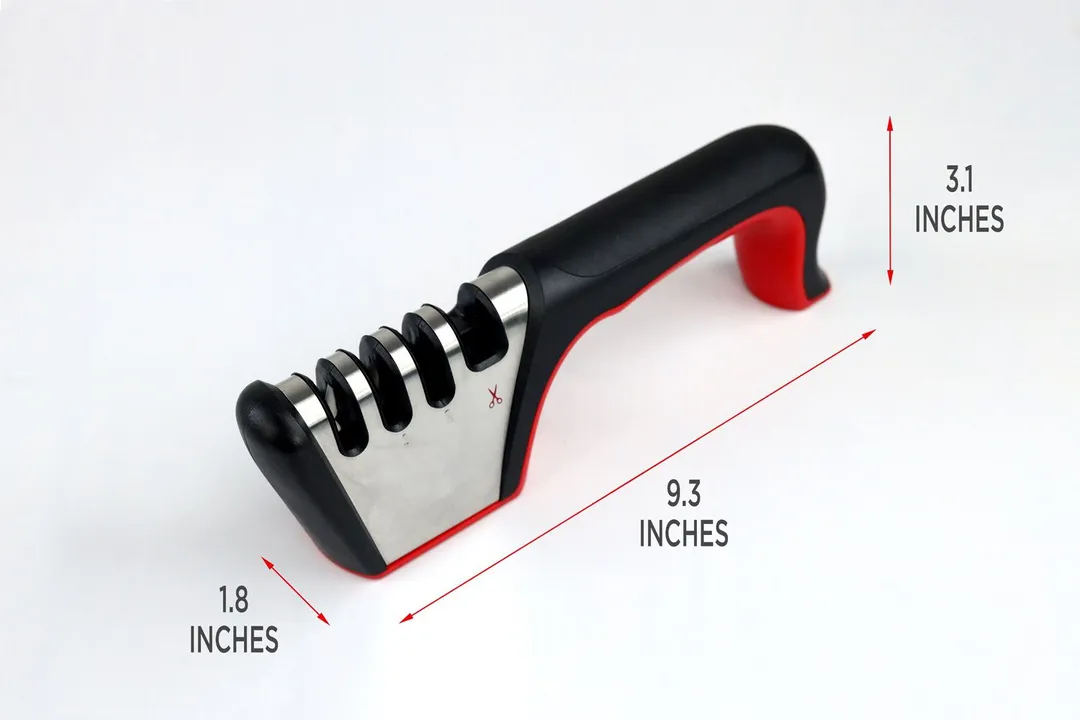
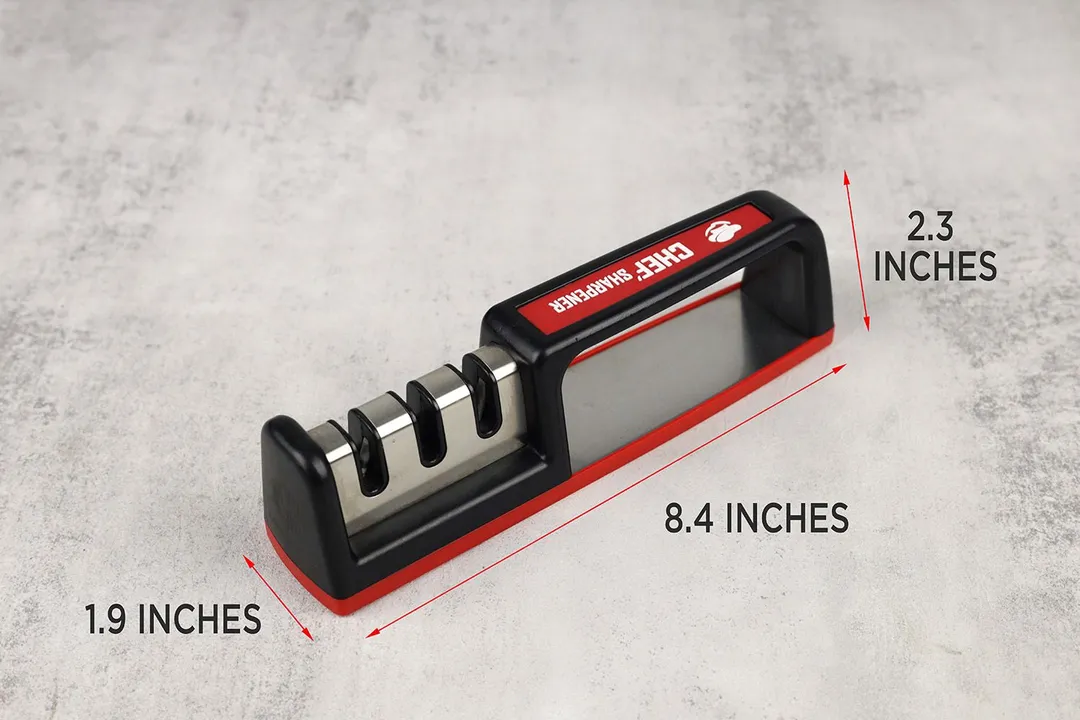
Build Quality
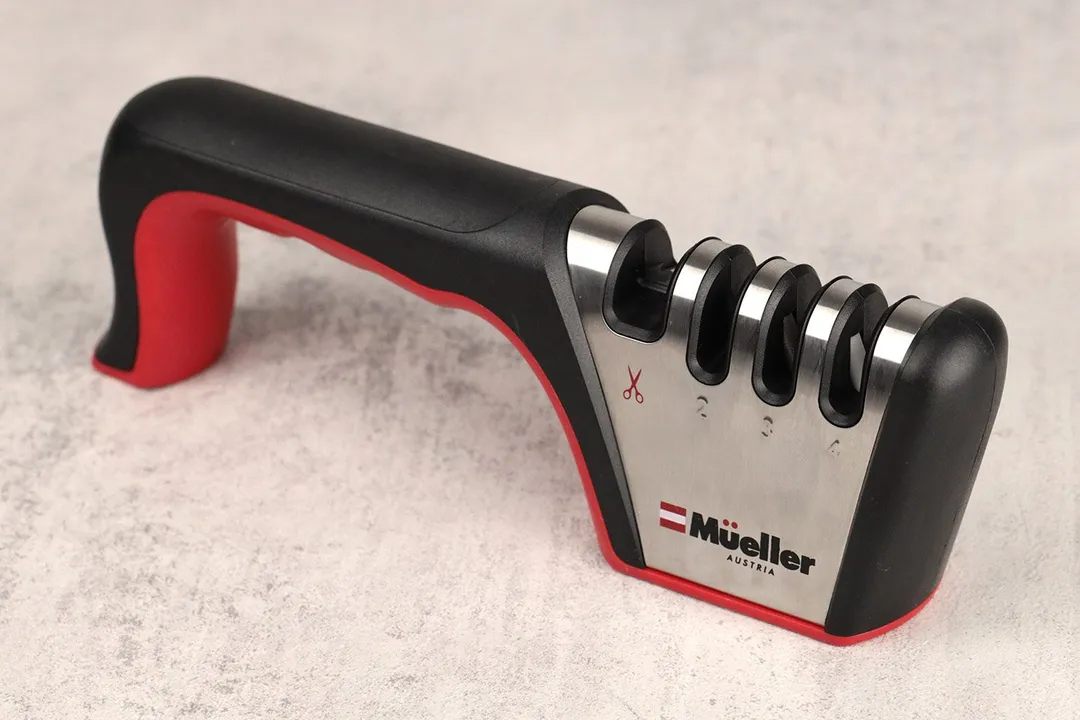
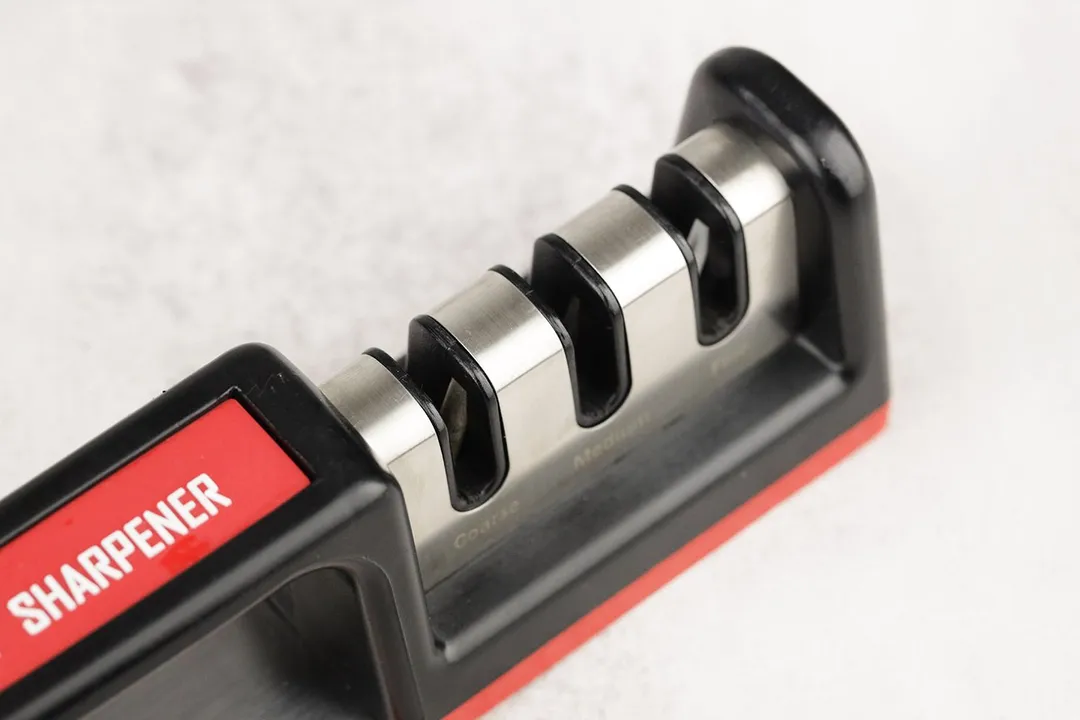
Working Section
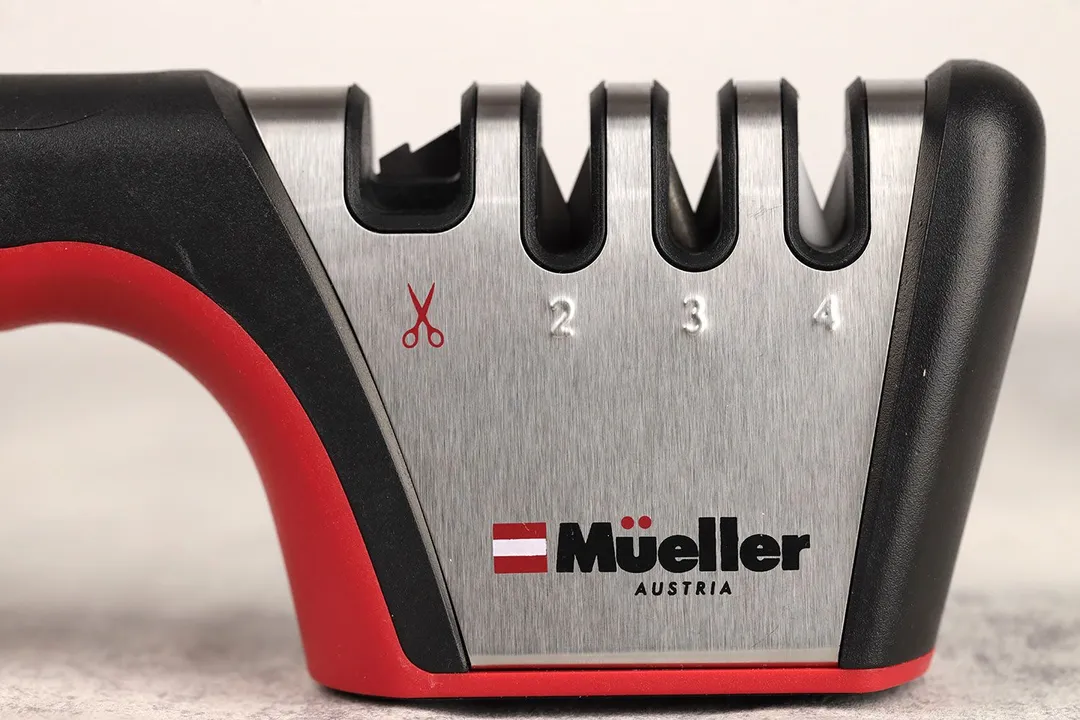
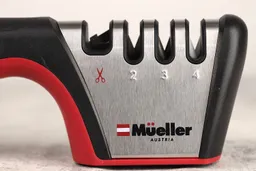
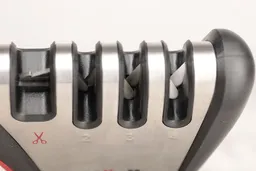
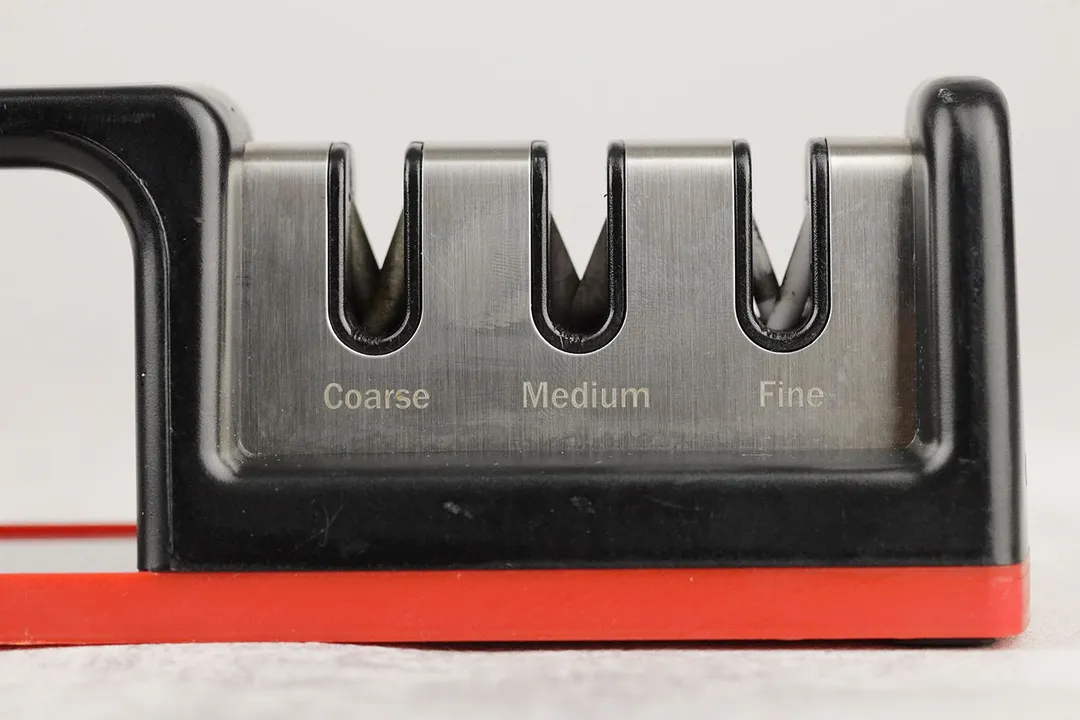
Base


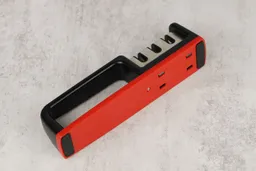
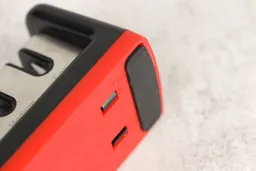
Grip
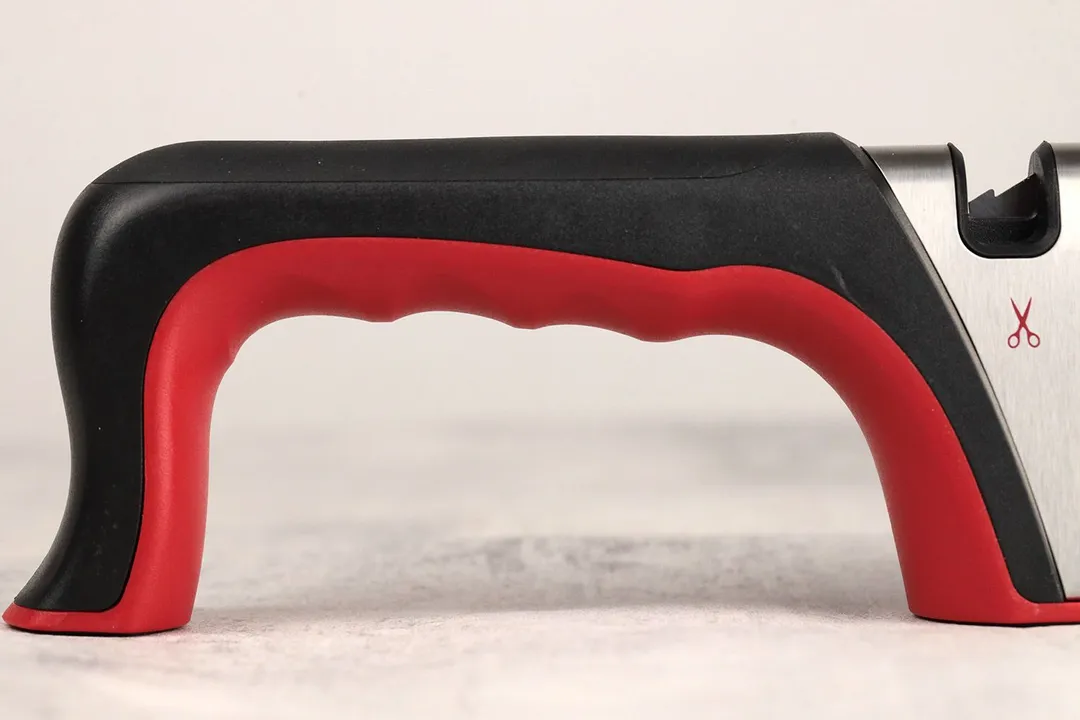
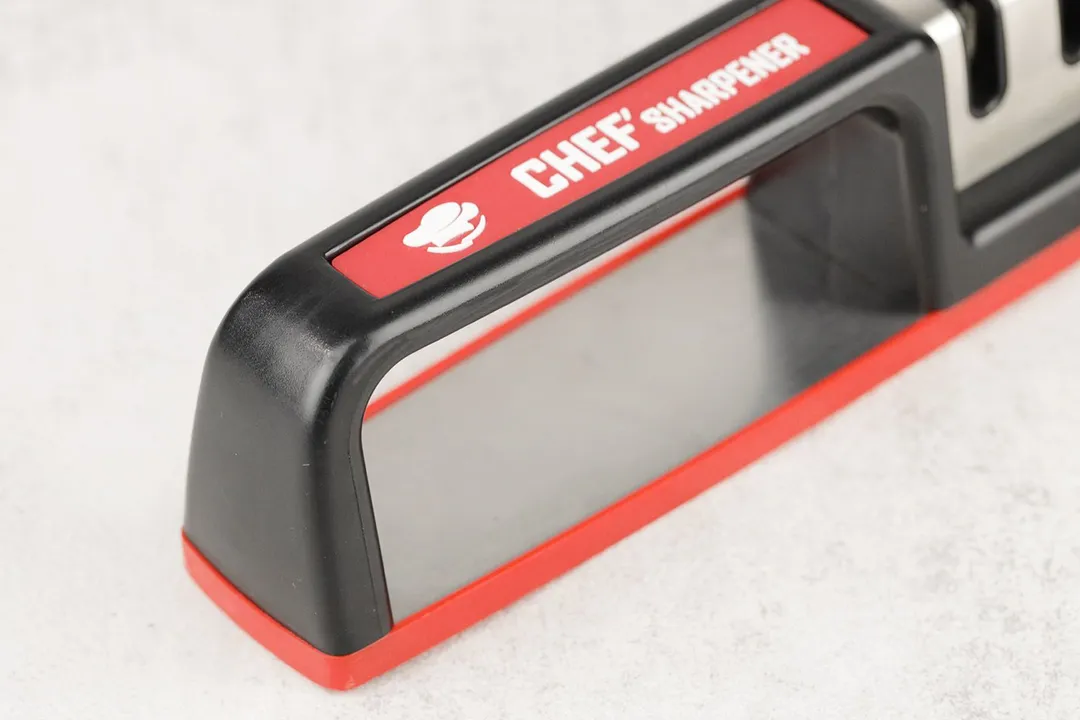
Usability
Slot Arrangement
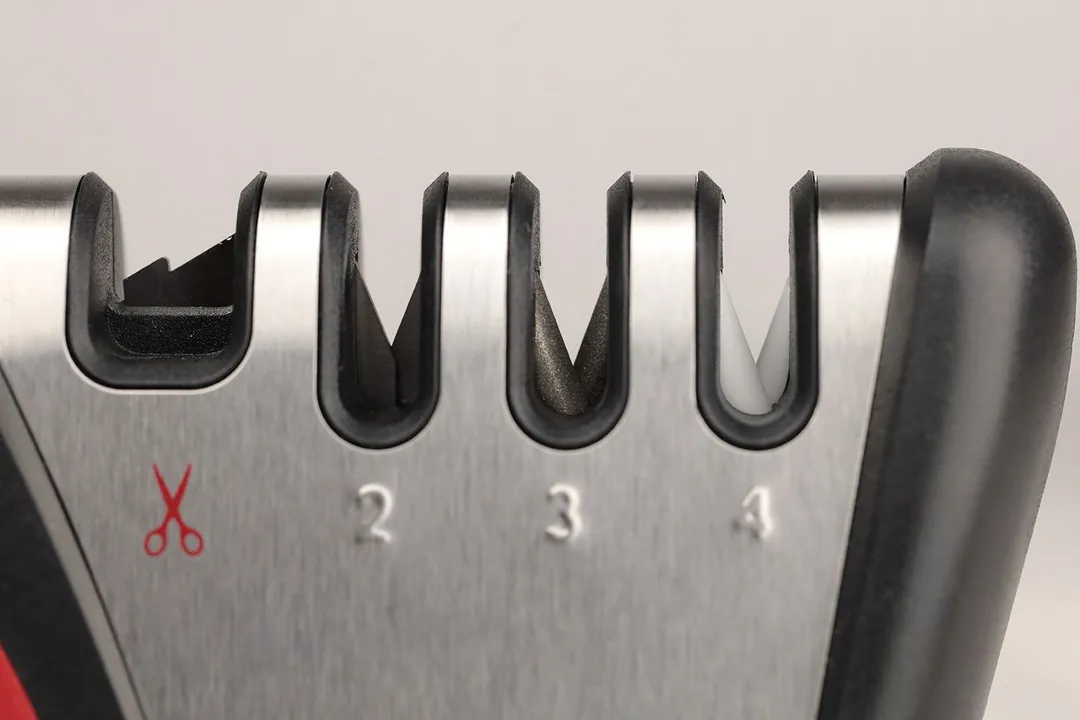
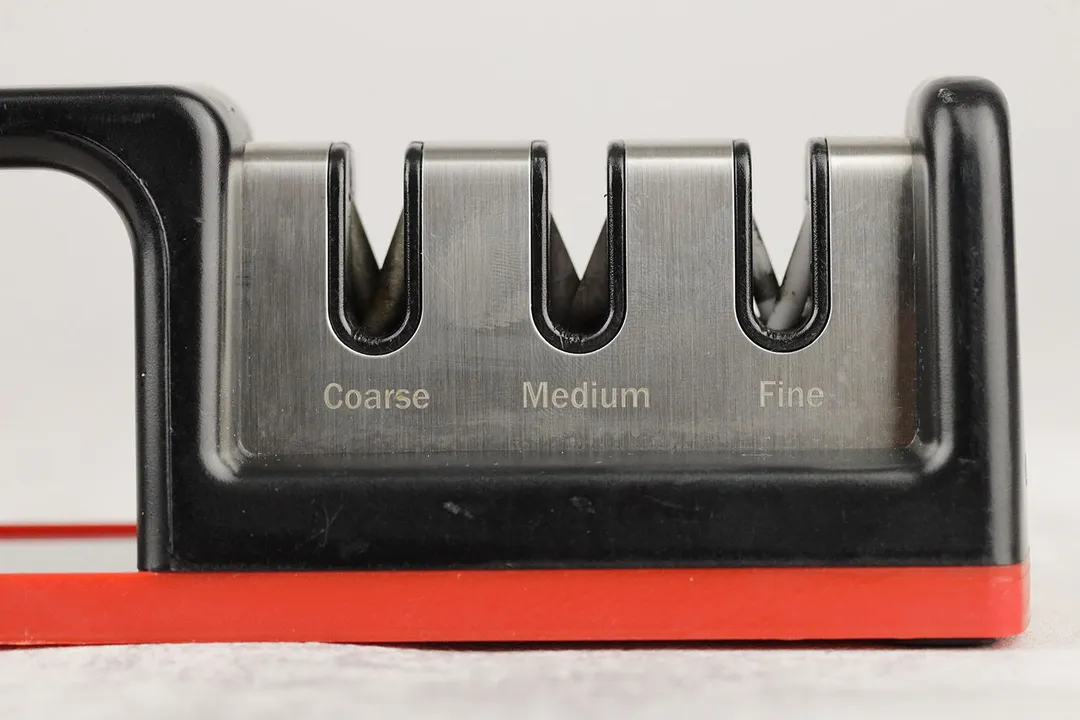
Insertion
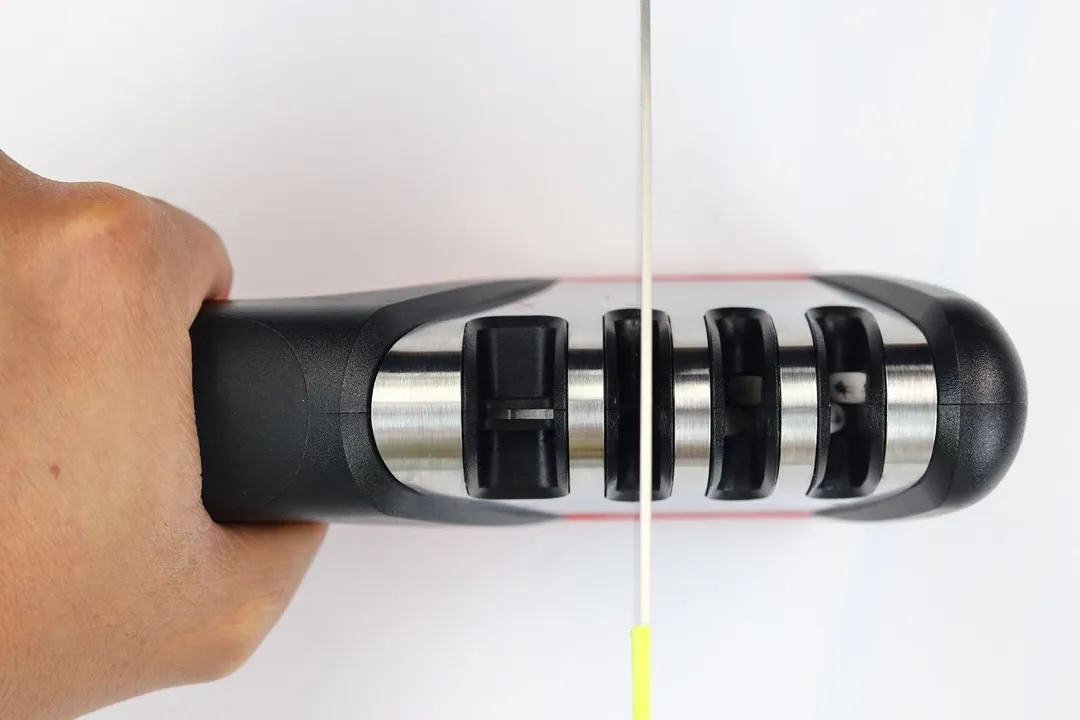
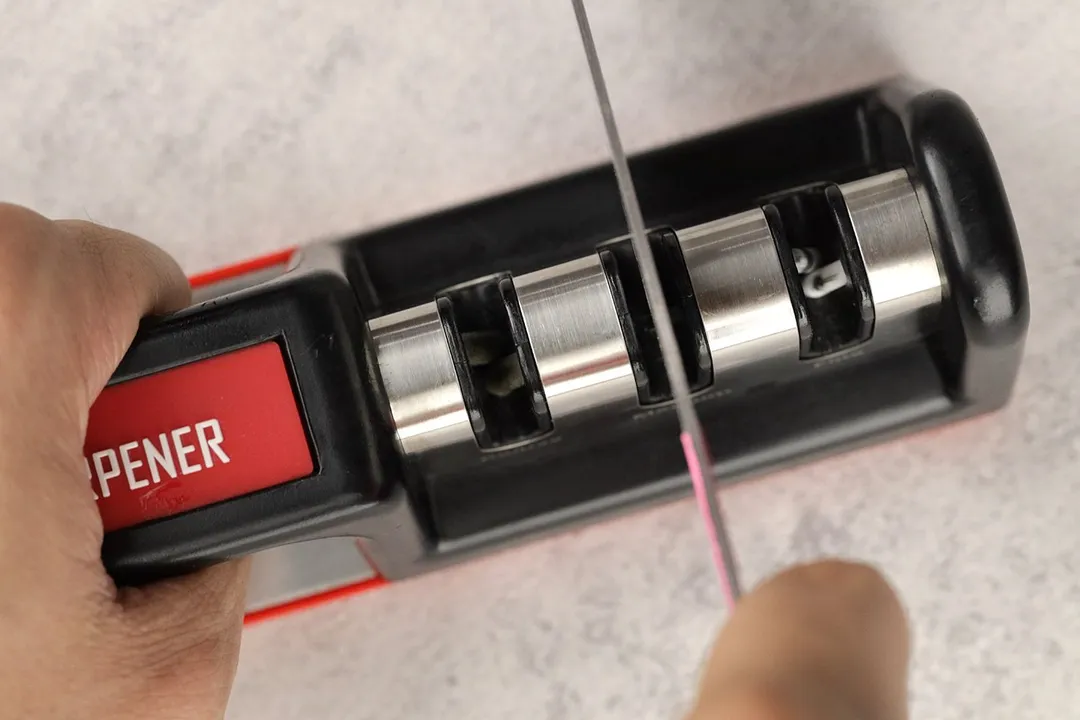
Pulling Through
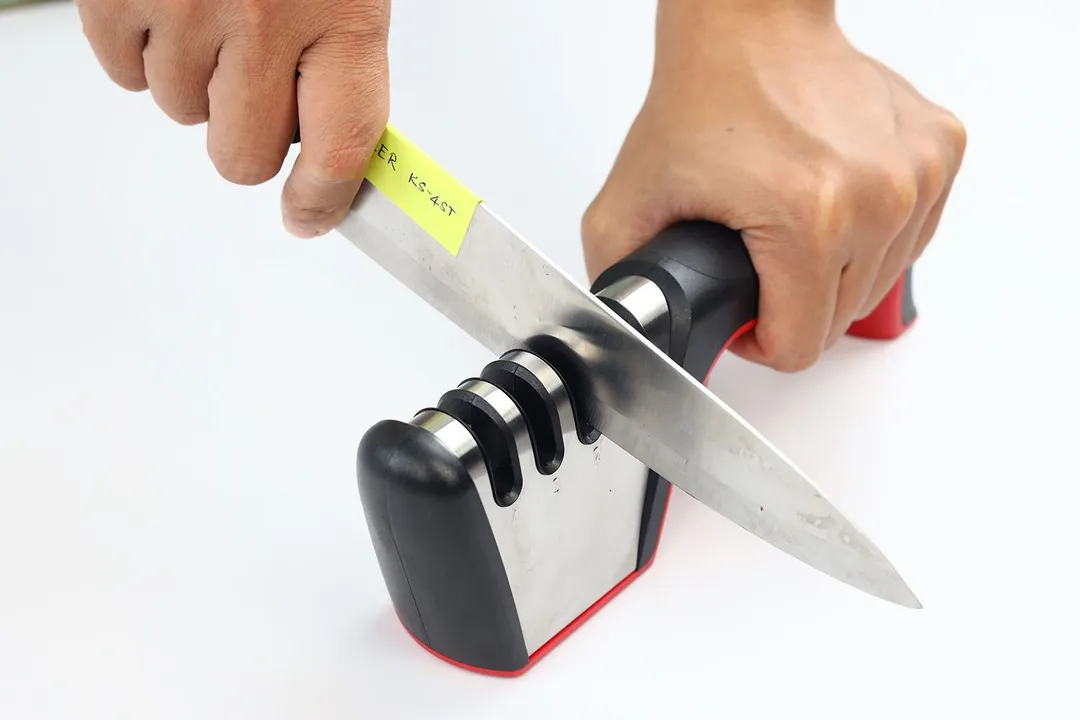
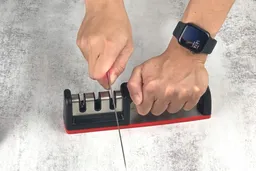
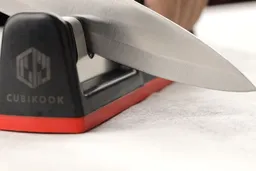
Stability on a Clean Surface
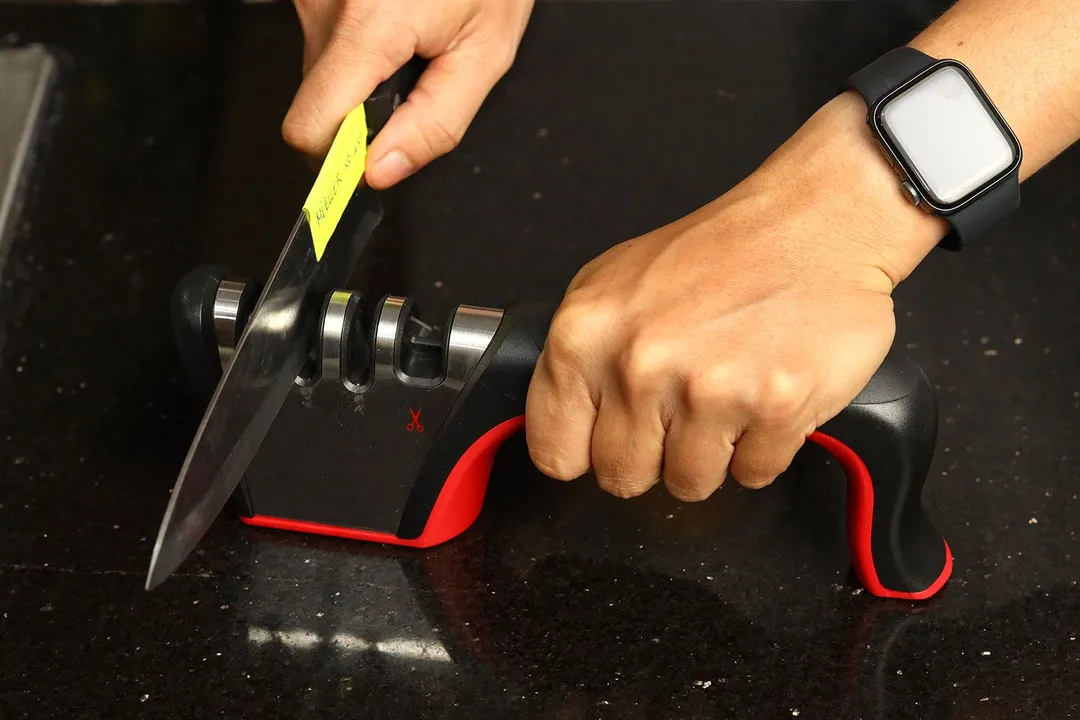
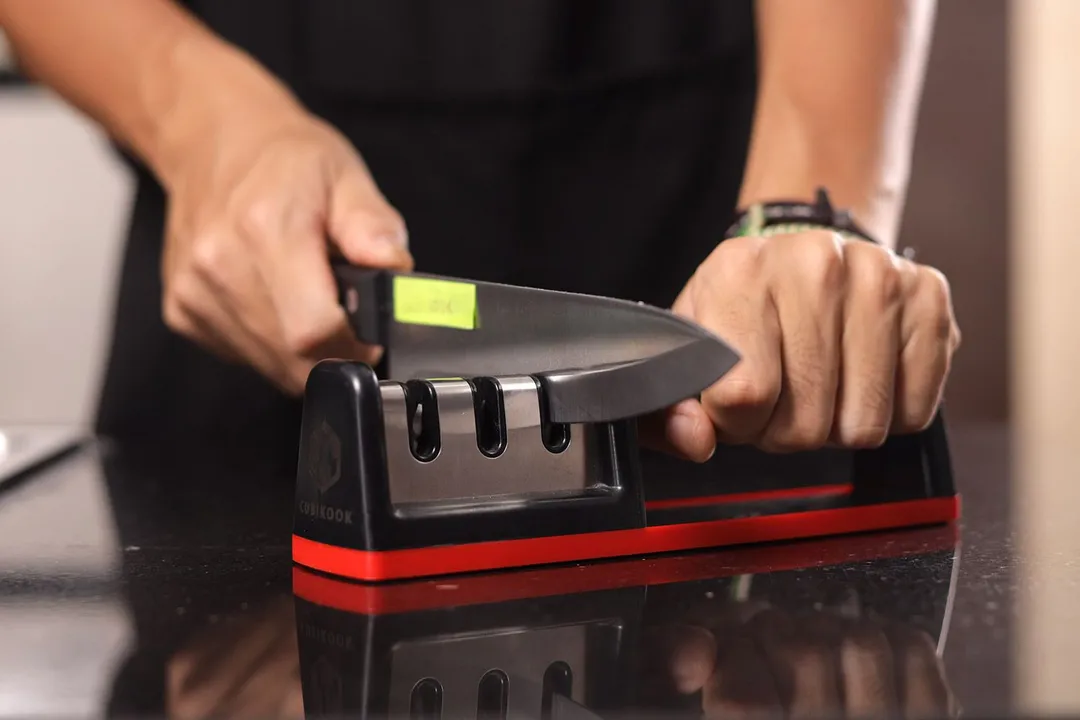
Stability on a Wet and Dirty Surface

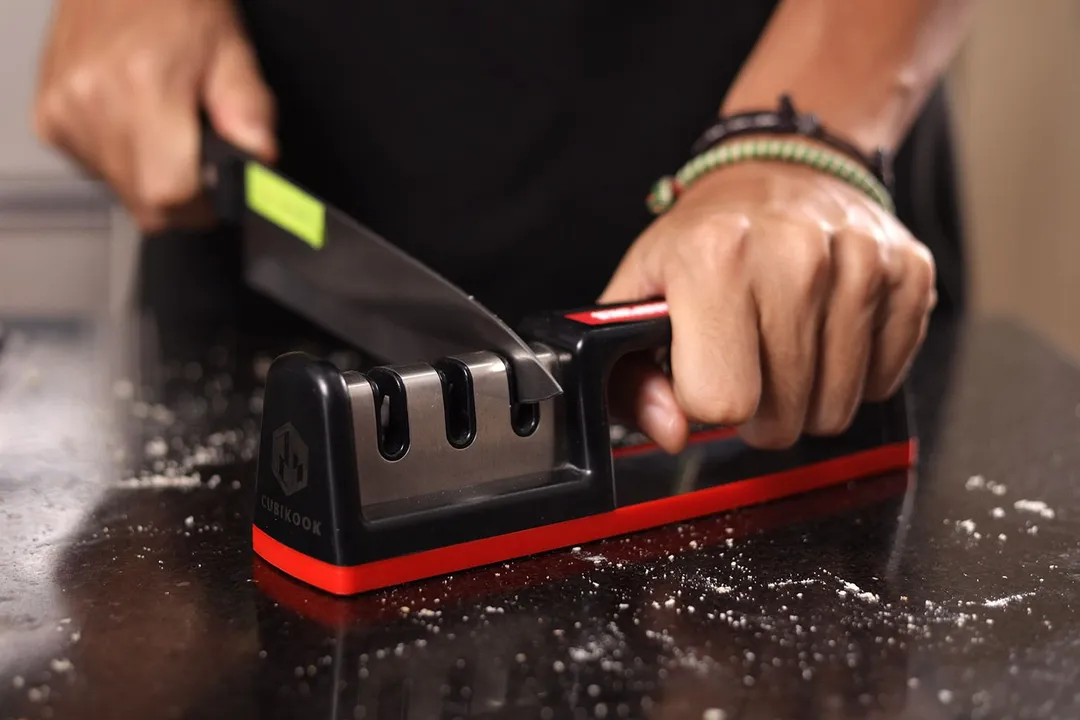
Behind the Comparison
Anh Ngo is a writer with 9 years experience at different media outlets, covering from public news and events to product testing and analysis. At HealthyKitchen101, she works across different departments, communicating closely with its network of writers, editors, and health, tech, and search engine experts to provide a meaningful and pleasant reading experience for visitors.
Lap is Head of the Research, Testing, and Review Team (RTR Team) at HealthyKitchen101.com, where he directs and supervises the testing of kitchen gadgets and appliances.
Nguyen Ntk is a graphic designer, photographer, and videographer whose philosophy centers around respecting and celebrating the beauty of reality. Through his lenses, Nguyen strives to capture the true essence of objects and events, showcasing and highlighting authentic features without distortion or exaggeration.



